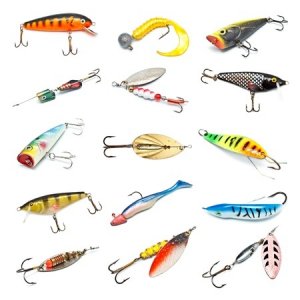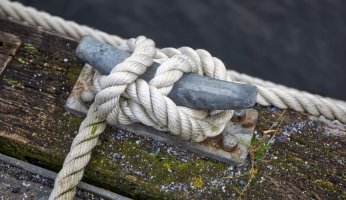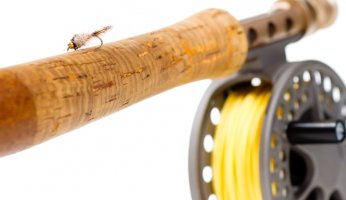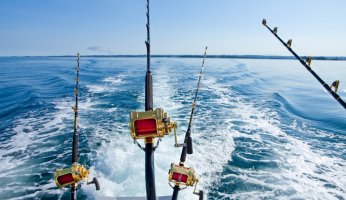What You Need to Know About Fishing Hooks
 Fishing has long been considered a relaxing pastime that will help you to get away from all the stresses of the day. So you’ve got your boat ready, equipped with the best fish finder and the next thing you do is head over to your local tackle shop to grab a few hooks, and immediately you realize that this is not going to be as simple as you first thought. The walls and shelves are full of fishing hooks that come in different styles and sizes. Here is some information that should help you better understand all you need to know about fishing hooks.
Fishing has long been considered a relaxing pastime that will help you to get away from all the stresses of the day. So you’ve got your boat ready, equipped with the best fish finder and the next thing you do is head over to your local tackle shop to grab a few hooks, and immediately you realize that this is not going to be as simple as you first thought. The walls and shelves are full of fishing hooks that come in different styles and sizes. Here is some information that should help you better understand all you need to know about fishing hooks.
Table of Contents
Fishing Hook Sizes
The numbers that differentiate the sizes of hooks can be a challenge for many avid fisherman, let alone someone that is just getting into the sport. The easiest way to understand those numbers on the hook is to remember that zero is the number for a nominal hook size. If the hook has a number that is followed by a zero, this means that the hook size increases as the number increases. Using that information, a 3/0 hook size is one size up from a 2/0 hook size.
If the number on the hook is not followed by a 0, the hook sizes decrease as that number increases. Again if your hook reads a 3, that means it is one size smaller than a number 2. Most of the hook manufacturers use this numbering system as the standard in the industry. That being said, you should know that each manufacturer might have a slightly different interpretation of that hook size. So the 4/0 Gamakatsu and 4/0 Mustad hooks might be slightly different in size. One thing to consider when looking at the sizes of the hook is that the hooks you will use for fly tying are typically more standardized.
Fishing Hook Styles
Fishing hooks come in approximately nine different styles or variants, each created to help the fisherman to achieve different results. Here is a short breakdown of those nine variants:
- The Knife Edge: Cuts into bone or flesh, works best for hard mouth fish. They tend to cut in and out, which could be a disadvantage compared to other hook styles.
- The Needle Point: These hooks have a great ability to penetrate the fish, not as thoroughly as the knife edge hooks. They do not cut once they are on the fish, and even less likely to cut on the way out.
- The Barbless: These hooks simply have no barbs on them.
- The Micro Barb: Tiny barbs that are ideal for catching trout.
- Short Barb: This fishing hook has a small barb near the point of the hook.
- The Beak: Point of this hook curves upwards to the shank.
- Kirbed: Curve away at a particular angle to the shank allowing for a better hook rate.
- Forged: Unlike standard hooks that are bent to shape, the forged hook is flattened into shape. This provides the hook more strength.
- Standard: Hooks that are built from wire and then shaped and sharpened. The barb is then added after the process has been complete.
Fishing Hook Strength
This area of fishing can completely confuse the novice if they do not carefully understand the principles involved with the hook strength. If you were to spend a day with professional trout fisherman, you would be surprised at the large fish being caught with the smallest of hooks. The key to catching fish is choosing the right hook for the bait that you will be using. Many fisherman make the mistake of trying to match the hook to the fish, when they need to be matching that hook to the bait size being used. The type of fish that you will be after should determine the bait size you will need, that in turn will tell you how big of a hook you want.
How To Choose The Right Hook
Check out this video for more tips on how to choose the right hook.
Certain fish only feed on the smaller bait fish, which means you can get away with a tiny hook. This is the reason many trout fisherman catch those monster fish with a tiny hook. You will able to further determine if you have the right hook if you see it bending after making several catches. Your hook should never bend no matter how big a struggle getting that fish on the boat.













